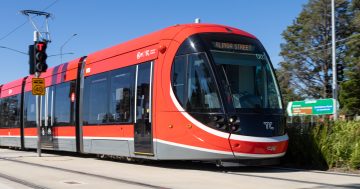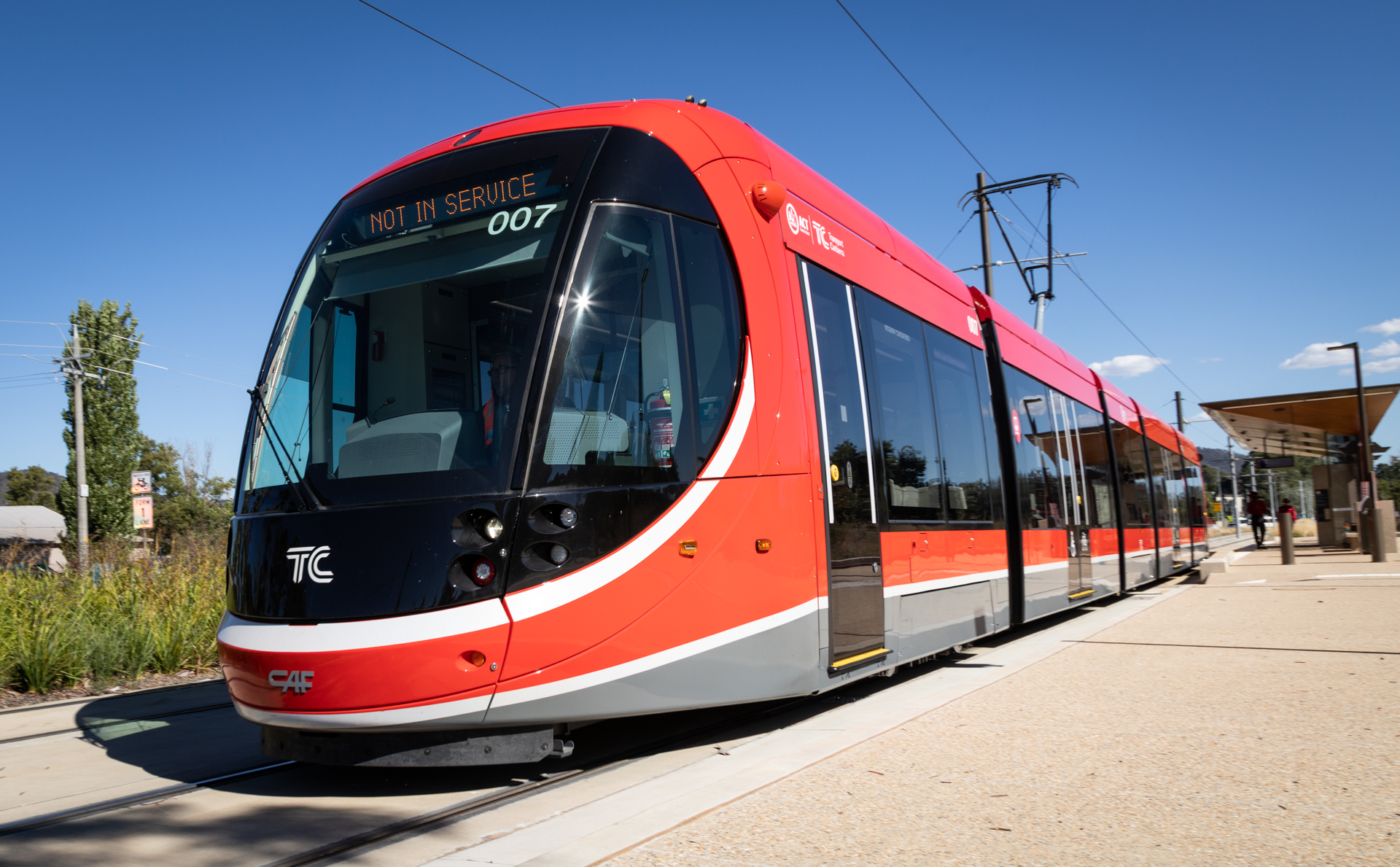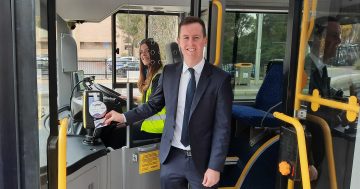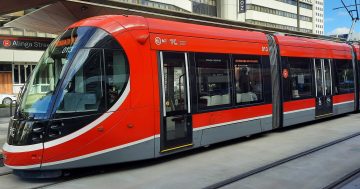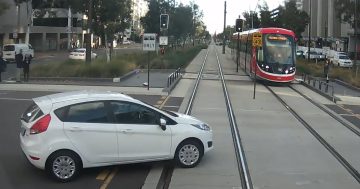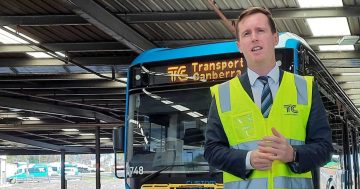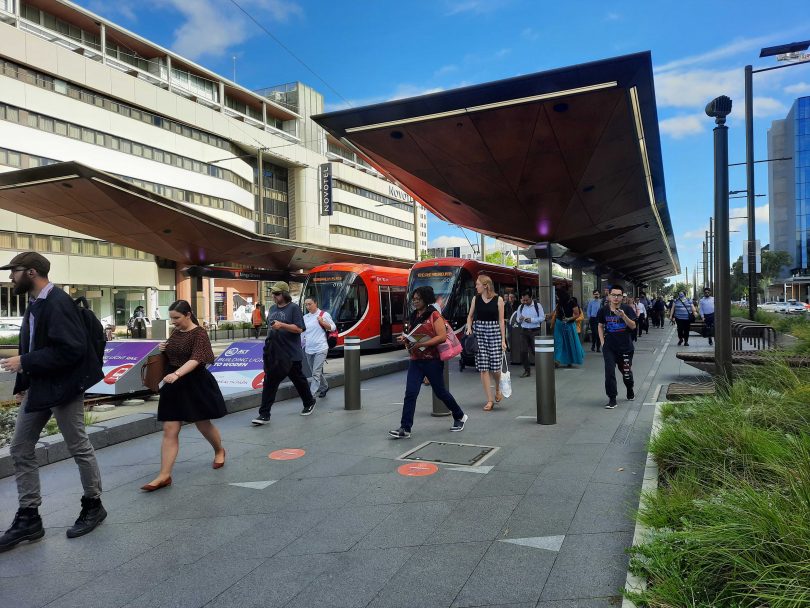
Light rail is attracting more people to public transport, according to Transport Canberra. Photo: File.
The number of light rail passengers has rebounded to 75 per cent of pre-COVID-19 levels, according to new survey results from Transport Canberra.
The survey feedback also shows that light rail has enticed many Canberrans to try public transport for the first time, with more than two-thirds saying they were more likely to use public transport now that light rail is in operation.
Minister for Transport and City Services Chris Steel said Canberrans were clearly embracing light rail because of the greater convenience, reliability and flexibility of the service.
“While COVID-19 put the brakes on public transport patronage right around Australia, it’s great to see passenger numbers rebounding strongly,” Mr Steel said.
“We are continuing to encourage Canberrans to use public transport in off-peak periods if they can, and the data shows plenty of people are choosing to do so.”
Of the 1,279 people surveyed, 70 per cent said they were more likely to use public transport now that light rail is in operation, while 42 per cent said they were now using light rail to get to work, compared with 35 per cent in 2020.
“The feedback confirms that the government’s investment in light rail is encouraging more Canberrans to choose public transport, including a large group that never previously used the bus system,” Mr Steel said.
“Light rail is a key part of our plans to provide quality mass transit as our city grows and grow patronage on public transport.
“It’s fantastic to see so many Canberrans getting on board and having such a positive experience, and we want to extend the same benefits to other parts of Canberra.”
Total patronage has already rebounded to approximately 75 per cent of pre-COVID levels. COVID-safe travel advice is still in place, with passengers being asked to reconsider the need to travel in peak times.
The latest Light Rail Customer Satisfaction Survey also found that 96 per cent of participants would be very likely (80%) or likely (16%) to recommend the light rail to their friends or family.
Almost all people surveyed reported a good experience riding light rail, with more than 90 per cent saying they were very satisfied or satisfied with the customer service of light rail staff, the service’s reliability, safety and security while travelling, the ease of using light rail, the cleanliness of light rail and the stops.
Sixty-seven per cent of participants said they walked to their light rail stop.














